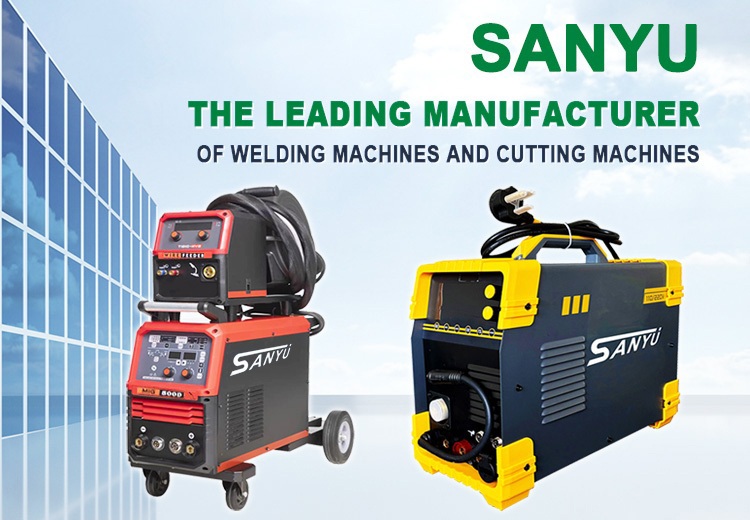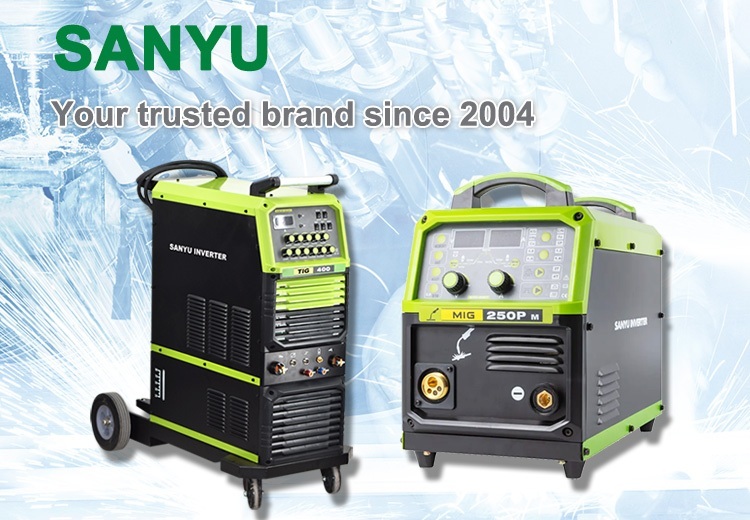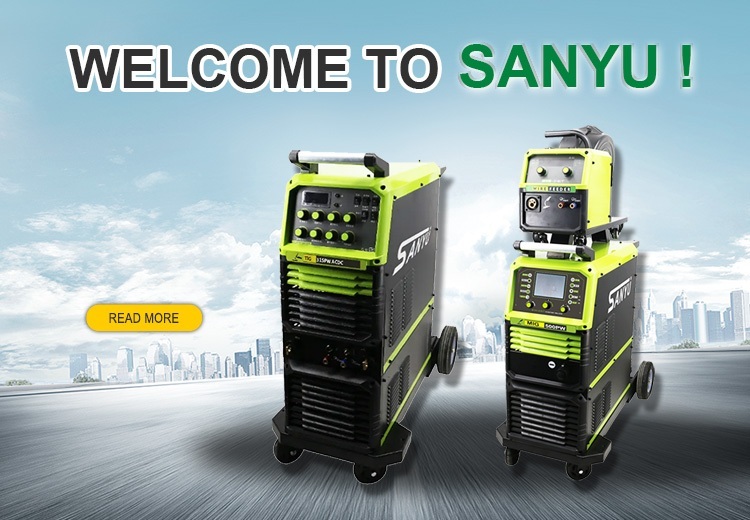1. Like TIG welding, it can weld almost all metals, especially for welding aluminum and aluminum alloys, copper and copper alloys, and stainless steel. Almost no oxidation burns in the welding process, only a small amount of evaporation loss, the metallurgical process is relatively simple.
2. High labor productivity
3.MIG welding can be reversed DC, welding aluminum, magnesium and other metals is a good cathode atomization, can effectively remove the oxide film, improve the welding quality of the joint.
4. Tungsten is not used, the cost is lower than TIG welding; it may replace TIG welding.
5. When MIG welding and welding of aluminum and aluminum alloys, sub-jet drop transfer can be used to improve the quality of welded joints.
6. Because argon is an inert gas and does not react with any substance, it is sensitive to the surface of the welding wire and the base material, such as oil, rust, etc. It is easy to produce air holes. The wire and workpiece must be carefully cleaned before welding.
3.MIG welding droplet transfer
Droplet transition means that under the action of the arc heat, the molten metal at the end of the welding wire or electrode forms a droplet, which is detached from the end of the wire and transferred to the welding pool by various forces. It is directly related to the stability of the welding process, weld formation, and splash size.
3.1. Forces affecting droplet transfer
The droplet formed by the molten metal at the end of the wire is subjected to various forces, and the influence of various forces on the transition of the droplet is different.
1. Gravity: Flat welding position, the direction of gravity is the same as the direction of the droplet transition, which promotes the transition; the position of the overhead welding hinders the transition of droplets
2. Surface tension: The main force that keeps the droplets on the end of the wire, the finer the wire, the easier the transition of the droplet.
3. Electromagnetic force: The force generated by the magnetic field of the conductor itself is called the electromagnetic force, and its axial component always extends from the small section to the large section. Melting arc welding, when the current passes through the wire-droplet-electrode spot, the cross section of the conductor changes, and the direction of the electromagnetic force also changes. At the same time, the high current density at the spot will cause the metal to evaporate strongly, and it will also produce a large reaction force on the metal surface of the droplet. The influence of the electromagnetic force on the droplet transfer depends on the arc shape.
4. Plasma flow force: Under the effect of electromagnetic force contraction, the hydrostatic pressure generated by the arc plasma in the direction of the arc axis is inversely proportional to the cross-sectional area of the arc column, that is, it gradually decreases from the end of the wire to the surface of the bath. It is Promote favorable conditions for droplet transfer.
5. Spot pressure
3.2, MIG welding droplet transfer characteristics
When MIG welding and MAG welding, the transition of the droplets mainly adopts short-circuit transition and jet transition. Among them, short-circuit welding is used for high-speed welding of thin plates and all-position welding, and jet transition is used for horizontal butt joint and fillet welding of medium and thick plates.
MIG welding, basically using DC reverse connection. Because the reverse flow can achieve a fine jet transition, and when the positive contact is a positive ion impact droplet, resulting in a large spot pressure hinder the droplet transition, making the connection is basically an irregular droplet transition. MIG welding does not apply AC power because the melting of the wire is not equal during each half cycle.
When MIG welding is used to weld aluminum and aluminum alloys, since aluminum is easily oxidized, in order to ensure the protective effect, the arc length during welding cannot be too long, and therefore, we cannot use a large-current, arc-long jet transition method. If the selected current is greater than the critical current and the arc length is controlled between the jet transition and the short circuit transition, a subjet transition will be formed.
MIG welding is now widely used for welding aluminum and aluminum alloy workpieces.
+86 13564535011
E-mail : alansunrise@sina.com
Add : No.723, Shangcheng Road No.800 Shanghai, China




